Seventh Cranial Nerve Test:
It is a mixed nerve. The facial nerve nucleus is situated in the pons, lateral to that of the abducent nerve. It receives the taste fibers from anterior two thirds of tongue through lingual chorda tympani nerve.
Test For Motor Part:
All the muscles of face and scalp are supplied by facial nerves except levator palpebral superioris which is supplied by occulomotor nerve. It also supplies to buccinator, stapedius and styloid muscles.
Look for facial expression, furrows over forehead, nasolabial fold, angle of the mouth and width of the palperbral fissure. In case of paralysis, expressions are lost on effected side, nasolabial fold is less pronounced, eye is more widely open. Saliva and any fluid he drink may escape from the effected angle of the mouth.
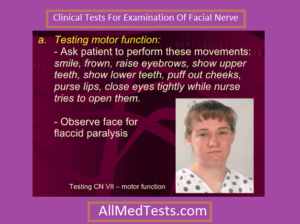
Tests:
- The patient is asked to look towards the ceiling with the head kept infront and unmoved by the examinar. The eyebrows are raised and wrinkled by the muscle known as coougators. If the patient is having lower motor neuron type of lesion of the facial nerve, he will be unable to raise the eyebrows and to wrinkle the forehead due to flaccid paralysis of corrugators.
- Ask the subject to shut his eyes as tightly as he can. Note that affected eye is either not closed at all. They also open the eyes while the subject attempts to keep them close.
- Ask the subject to whistle. Affected person is not able to do.
- Ask him to smile or show his upper teeth. The mouth is then drawn to the healthy side. Because the healthy orbicularis oris will push it towards itself. So it shows weekness or paralysis on the opposite side.
- Ask him to inflate his mouth with his ear and blow out his cheeks. Tap with the finger in tern on each inflated cheek. Air can be made to escape from the mouth more easier on the week side.
Difference between Infranuclear lesion (lower motor neuron lesion) and Supranuclear lesion (upper motor neuron lesion):
Infra Nuclear Lesion:
This results in paralysis of both upper and lower part of the face with atorphy of the facial muscles. It also causes loss of taste in anterior two third portion of tongue.
Supranuclear Lesion:
This mainly results in paralysis of lower half of the face because muscles of upper part of face has double bilateral innervation. It does not produce atrophy of facial muscles.
Tests For Sensory Part of Facial Nerve:
The taste sensation are described in other post here.
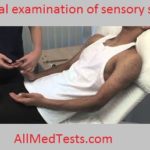
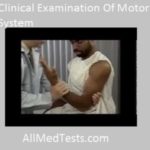
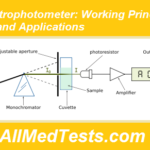
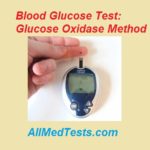


Leave a Reply